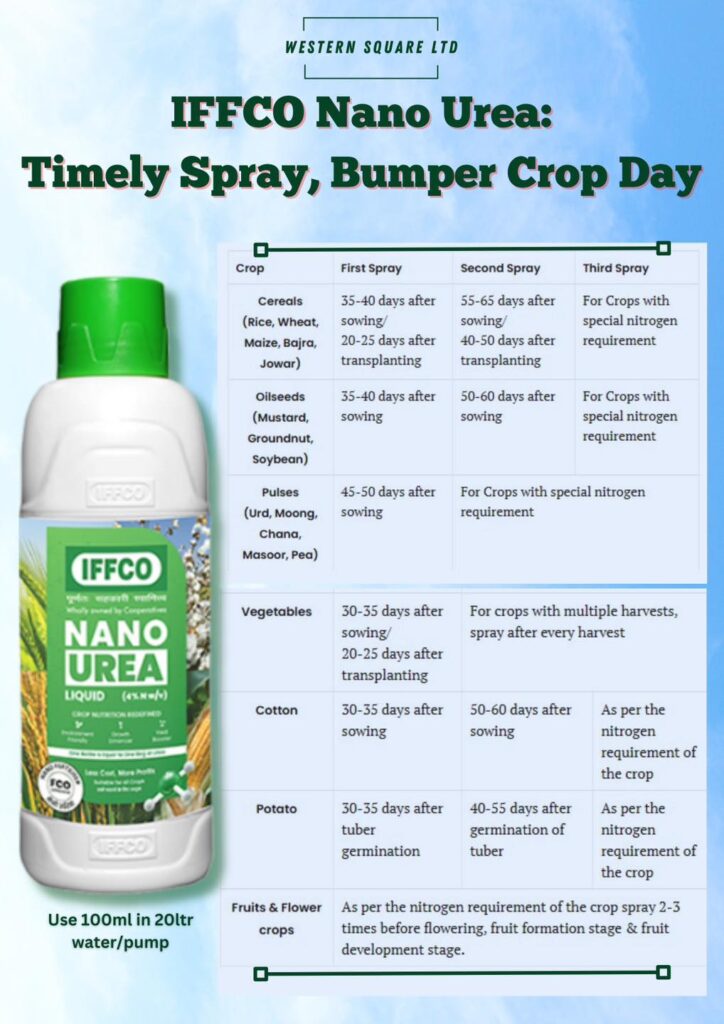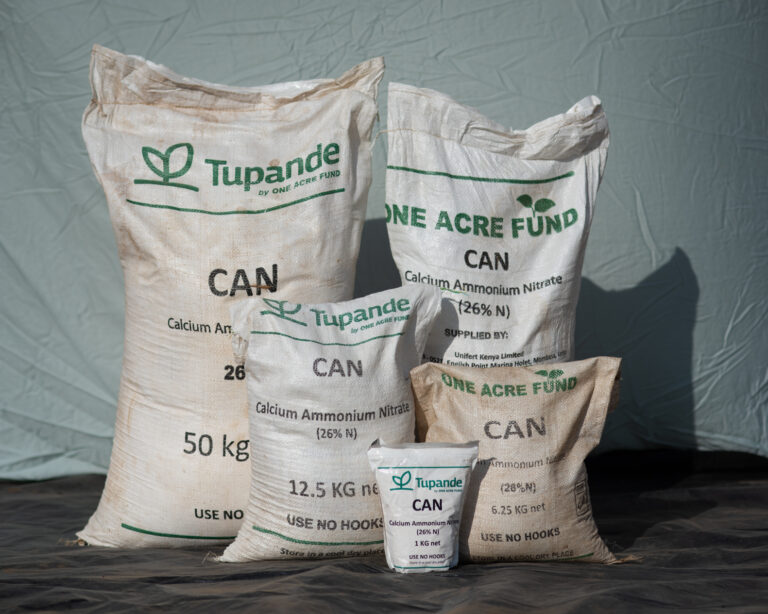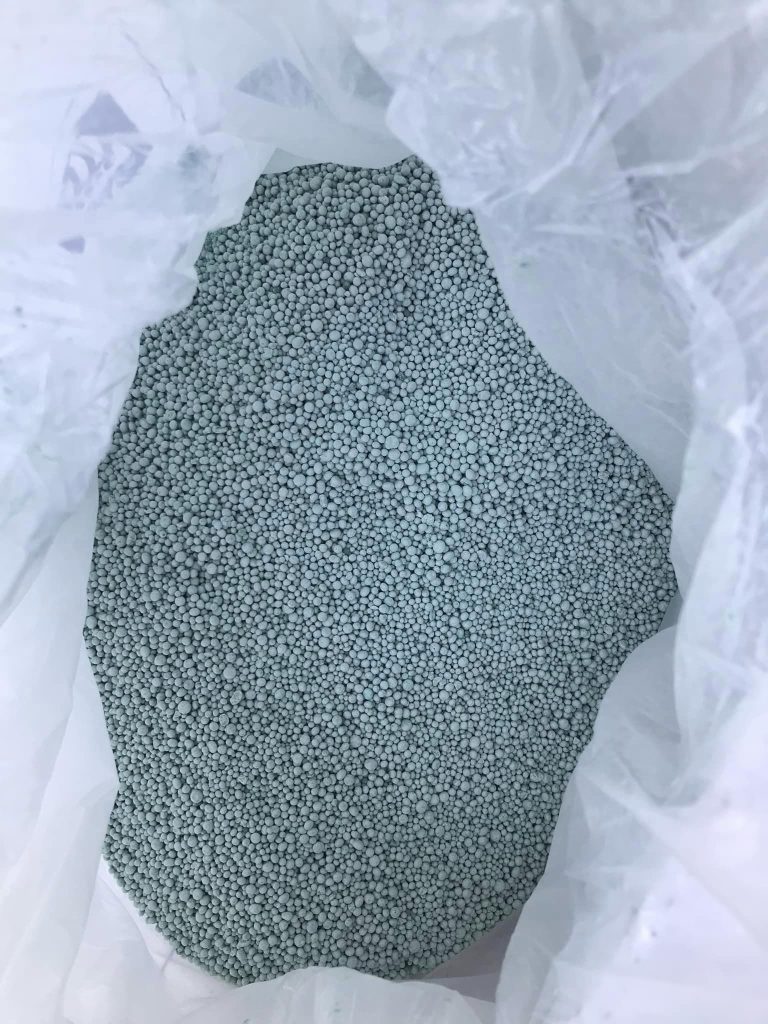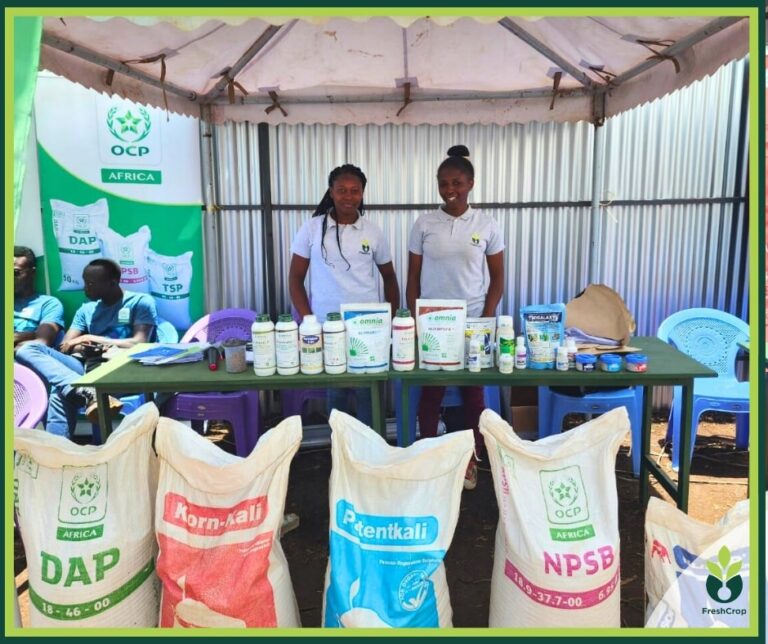Controlled Release Nitrogen Fertilizer
What is Controlled Release Nitrogen Fertilizer?
Controlled release nitrogen fertilizer is designed to release nutrients gradually over time, aligning with the specific nutrient needs of crops during their growth cycle. This technology significantly reduces nutrient losses due to leaching and volatilization, thereby improving the overall efficiency of fertilizer use.
Controlled release nitrogen fertilizer consists of nitrogen compounds encased in a coating or matrix that regulates the release of nutrients. The composition of these fertilizers varies, with common types including polymer-coated urea, sulfur-coated urea, and other specialized formulations.
The mechanism of action involves the gradual degradation or diffusion of the coating, which allows for a sustained release of nitrogen over an extended period.
Compared to traditional fertilizers, which release nutrients rapidly and can result in significant losses, controlled release fertilizers offer a more efficient nutrient delivery system. This efficiency translates to better crop performance and reduced environmental footprint.
The historical development of controlled release fertilizers can be traced back to the mid-20th century, with significant advancements occurring over the past few decades.
These fertilizers have become an integral part of modern agriculture, helping farmers achieve higher yields while minimizing environmental impacts.
Benefits of Controlled Release Nitrogen Fertilizer
One of the primary benefits of controlled release nitrogen fertilizer is its ability to enhance nutrient efficiency. By synchronizing the release of nitrogen with the crop’s uptake needs, these fertilizers ensure that a higher percentage of applied nutrients is utilized by the plants. This results in improved crop growth and yield.
Controlled release fertilizers also reduce the environmental impact of agricultural practices. Traditional fertilizers often lead to nitrogen leaching into groundwater and volatilization into the atmosphere, contributing to pollution and greenhouse gas emissions. Controlled release fertilizers mitigate these issues by minimizing nutrient losses.
Furthermore, the use of controlled release fertilizers can be cost-effective in the long run. Although the initial cost may be higher, the increased efficiency and reduced need for frequent applications can lower overall fertilizer costs. The improved crop yields and quality can also lead to higher economic returns for farmers.
Applications in Different Crops
Controlled release nitrogen fertilizers are versatile and can be used across a wide range of crops. In row crops like corn, wheat, and soybeans, these fertilizers support sustained growth and higher yields.
For horticultural crops, such as fruits and vegetables, controlled release fertilizers help achieve optimal nutrient levels throughout the growing season, enhancing both yield and quality.
In turf and ornamental applications, controlled release fertilizers provide consistent nutrient availability, promoting healthy growth and reducing the need for frequent fertilization.
Specialty crops, including high-value crops like grapes and tobacco, also benefit from the precise nutrient management offered by controlled release fertilizers.
Environmental Benefits
One of the significant advantages of controlled release nitrogen fertilizers is their positive impact on the environment. By reducing nitrogen leaching into groundwater, these fertilizers help protect water quality and prevent the contamination of drinking water sources.
The gradual release mechanism also minimizes the volatilization of nitrogen into the atmosphere, thereby reducing greenhouse gas emissions.
Moreover, controlled release fertilizers contribute to soil health improvement. The consistent nutrient availability supports microbial activity and enhances soil structure, promoting sustainable agricultural practices.
Pros And Cons Of Controlled-Release Nitrogen Fertilizers (CRFS)
The main pros and cons of controlled-release nitrogen fertilizers (CRFs) are:
Pros Of Controlled-Release Nitrogen Fertilizers (CRFS)
- Improved nutrient efficiency: CRFs can provide a more consistent and efficient supply of nitrogen to plants, reducing the risk of over-fertilization and nutrient loss.
- Reduced environmental impact: CRFs can minimize the risk of nitrogen leaching, volatilization, or runoff, which can contribute to water pollution and ecosystem damage.
- Ease of use: CRFs only need to be applied once, unlike water-soluble fertilizers that require frequent application. This can reduce labor costs and eliminate the need for expensive injection equipment.
- Potential for reduced application costs: Incorporating CRFs into the growing medium can reduce labor costs compared to mixing and monitoring water-soluble fertilizers.
Cons Of Controlled-Release Nitrogen Fertilizers
- Higher cost: CRFs are often more expensive than traditional fertilizers, due to the additional processing and materials involved.
- Lack of flexibility: Once CRFs are incorporated into the growing medium, the fertilizer application rate and formulation cannot be adjusted to meet changing crop needs or environmental conditions.
- Locked-in release rate: CRFs release nutrients at a fairly consistent rate based on temperature, which may not match the changing nutrient requirements of plants at different growth stages.
- Storage limitations: Growing media with incorporated CRFs should be used within 7-10 days to avoid issues with high fertilizer salts, as the nutrients start being released as soon as they are incorporated.
Technological Innovations in Controlled Release Fertilizers
Recent technological innovations have further enhanced the effectiveness of controlled release nitrogen fertilizers. Polymer-coated fertilizers, for instance, use advanced materials to regulate nutrient release more precisely.
These coatings are designed to degrade under specific environmental conditions, ensuring optimal nutrient availability.
Nanotechnology has also made significant strides in fertilizer design. Nanomaterials can be used to create controlled release mechanisms at the molecular level, offering even greater precision and efficiency.

These advancements hold promise for the future of fertilizer technology, paving the way for more sustainable and productive agricultural practices.
Economic Impact on Farmers
While the initial cost of controlled release nitrogen fertilizers may be higher than traditional fertilizers, the long-term economic benefits are substantial. The increased efficiency and reduced need for frequent applications translate to lower overall fertilizer costs.
Additionally, the improved crop yields and quality can lead to higher economic returns for farmers.
Government incentives and support programs can also play a crucial role in promoting the adoption of controlled release fertilizers. By providing financial assistance and technical guidance, governments can help farmers transition to more sustainable fertilization practices.
Challenges and Limitations
Despite the numerous benefits, there are challenges and limitations associated with controlled release nitrogen fertilizers.
The high initial costs can be a barrier for small-scale farmers, particularly in developing countries. Technological barriers, such as the complexity of manufacturing advanced coatings, can also limit widespread adoption.
Addressing these challenges requires collaborative efforts from governments, research institutions, and the agricultural industry.
By investing in research and development, providing financial support, and promoting knowledge transfer, the barriers to adoption can be overcome.
Controlled Release Nitrogen Fertilizer & Future
Controlled release nitrogen fertilizer represents a significant advancement in agricultural technology. By providing a steady supply of nutrients, these fertilizers enhance crop growth and yield while minimizing environmental impact.
As the agricultural industry continues to evolve, controlled release fertilizers will play a crucial role in promoting sustainable and efficient farming practices.
FAQs on Controlled Release Nitrogen Fertilizer
What are controlled release nitrogen fertilizers?
Controlled release nitrogen fertilizers are fertilizers designed to release nitrogen slowly over time, matching the nutrient needs of crops and reducing losses due to leaching and volatilization.
How do controlled release nitrogen fertilizers differ from traditional fertilizers?
Unlike traditional fertilizers, which release nutrients rapidly, controlled release fertilizers use coatings or matrices to regulate nutrient release, enhancing efficiency and reducing environmental impact.
What are the environmental benefits of using controlled release nitrogen fertilizers?
Controlled release fertilizers reduce nitrogen leaching into groundwater and minimize greenhouse gas emissions, protecting water quality and contributing to climate change mitigation.
Are controlled release nitrogen fertilizers cost-effective?
While the initial cost may be higher, controlled release fertilizers can be cost-effective in the long run due to improved nutrient efficiency, reduced application frequency, and higher crop yields.
What types of crops can benefit from controlled release nitrogen fertilizers?
Controlled release nitrogen fertilizers are suitable for a wide range of crops, including row crops, horticultural crops, turf, ornamentals, and specialty crops.
What challenges are associated with controlled release nitrogen fertilizers?
Challenges include high initial costs, technological barriers, and limited adoption in developing countries. Addressing these challenges requires research, financial support, and knowledge transfer initiatives.






